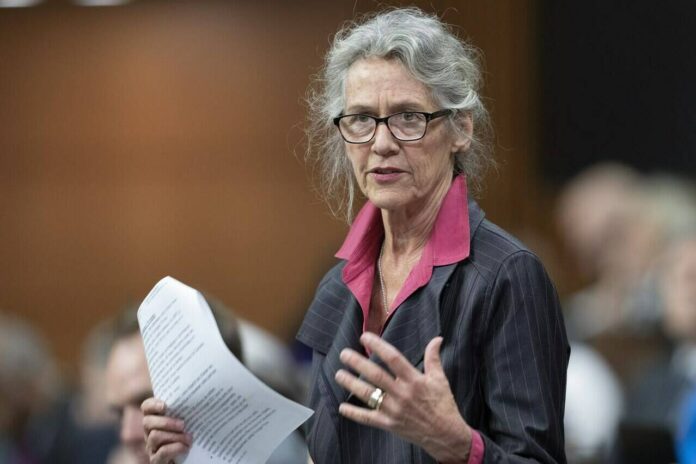American fishing boats are raising alarms in Canada for catching threatened Canadian salmon. This issue was recently brought to the attention of the US Ambassador to Canada by the Canadian federal Fisheries Minister, Joyce Murray.
Over the past decade, commercial fisheries in southeast Alaska have intercepted alarming numbers of Canadian salmon, particularly threatened sockeye stocks from the Nass, Skeena, and Fraser Rivers in British Columbia (BC). The long-term rebuilding of these threatened Pacific salmon stocks is a key objective for Canada, which is concerned about the impact Alaskan fisheries have on these stocks.
Canada has taken significant steps to protect its salmon populations, including closing 60% of salmon fisheries, initiating license buyouts, and committing $647 million to protect, restore, and build threatened salmon populations and habitats as part of its Pacific Salmon Strategy Initiative.
While Canada and the US collaborate on marine conservation through the Pacific Salmon Commission, there has been disagreement between the two countries over the management of transboundary fisheries. The current treaty does not adequately address the unpredictable size and timing of salmon returns and population drops, according to Canada.
Canada’s concerns are particularly focused on Alaska Fishery District 104, where most of the interception of Canadian salmon takes place. The Skeena River runs are especially concerning, as they contain 300 unique populations of salmon. Meanwhile, Alaska contends that it meets all the conditions of the Pacific Salmon Treaty, suggesting that Canadian land-use practices, such as logging and mining, are responsible for negative impacts on salmon stocks.
Critics argue that the 1985 salmon treaty is flawed and not designed to address conservation concerns. As the number of Canada’s salmon stocks shrinks, the US portion of the catch grows proportionally larger. Experts suggest that the US could reduce impacts on Canadian salmon by shifting District 104 fisheries closer inland.
Indigenous communities in BC are urging for the closure of Alaska’s District 104 fishery due to conservation concerns and in respect of Indigenous rights to Fraser River salmon. BC First Nations are even voluntarily suspending their own food fisheries, while Alaska continues to harvest large numbers of Canadian salmon.
As a progressive readership, it is essential to recognize the potential environmental consequences and cross-border tensions resulting from this issue. Sustainable management of shared resources requires cooperation, compromise, and understanding from both sides.



